Reverse Dieting: Benefits, Risks, And Meal Plan Guide
An after-diet strategy to maintain the weight loss you earned on a low-calorie diet plan.
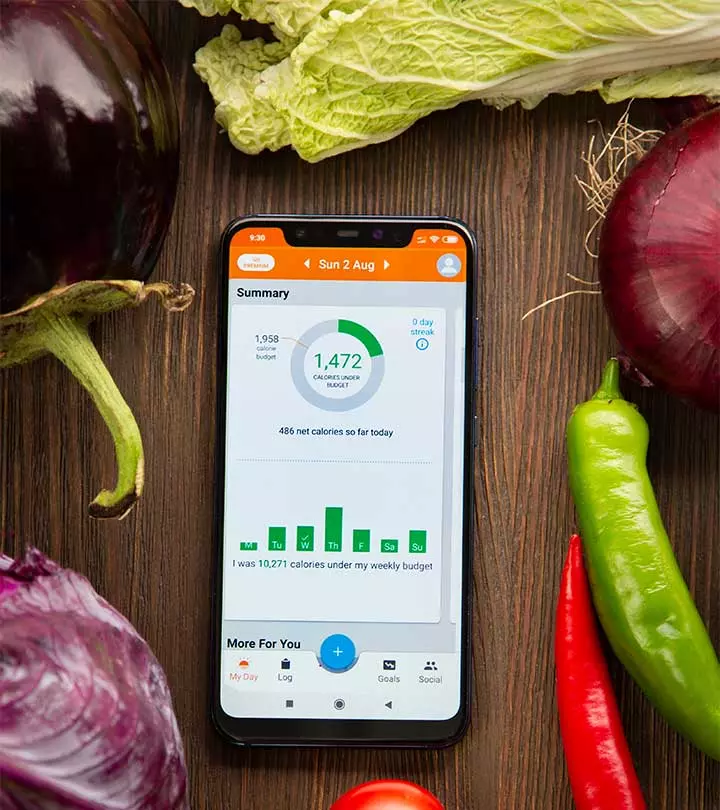
Image: Shutterstock
Reverse dieting, also commonly referred to as the “diet after diet,” claims to help you consume more calories without regaining the weight you lost in a previous weight-loss diet. This dieting tactic is just the opposite of any typical low-calorie dieti A restricted diet strategy for weight loss that proposes the consumption of under 1,500 calories in a day. . Instead of gradually cutting down on calories, you slowly and methodically increase your calorie intake. This strategy helps your metabolism adjust to this change as it has gotten used to burning fewer calories.
This diet is popular among fitness enthusiasts and professionals alike, who claim it to be the best diet to facilitate your weight goals between changing diet patterns. In this article, we dive into the fundamentals of this diet, explore meal plans, and uncover potential consequences. Keep reading to learn more about reverse dieting.
 At A Glance: Reverse Dieting
At A Glance: Reverse Dieting- Principle: Incrementally increasing caloric intake for 4-10 weeks after the completion of a low-calorie diet
- Purpose: To help the body transition smoothly from a restricted calorie stage to a normal caloric intake stage while preventing weight gain
- Who It Is For: Fitness professionals who need to maintain their weight while consuming enough calories to improve their performance
- Duration: Short-term
- Who Should Avoid: Pregnant and nursing individuals, those with underlying medical issues such as diabetes or cardiovascular diseases, and those with a history of eating disorders
- Cons: Not a science-backed diet, may lead to excessive weight gain instead of aiding weight loss management, and may lead to psychological distress due to uncertain outcomes
In This Article
What Is Reverse Dieting?

Reverse dieting proposes gradually increasing your calorie intake to boost energy levels while preventing weight regain and smoothing the transition back to a normal diet.
It is commonly popular among competitive athletes and fitness professionals. This diet strategy often follows a strict low-calorie weight loss diet and spans several weeks or months where caloric intake is increased incrementally. In theory, this stepwise increase in caloric intake gradually restores hormonal balance and boosts metabolism while avoiding rapid weight gain after a period of caloric restriction (1).
Several anecdotal reports claim that reverse dieting boosts energy levels and curbs appetite while maintaining the weight loss achieved in the previous diet. However, these claims require more concrete research-based evidence. Hence, presently, the efficacy of this diet is not scientifically approved.

Key Takeaways
- The reverse diet aims to ease the body from a low-calorie diet to a regular diet by gradually increasing calorie intake over several weeks or months.
- There is no fixed structure about the kinds of foods or nutrients to add to your diet when increasing the calorie count. However, some proponents recommend adding carbs and fats.
- Anecdotal evidence claims that reverse dieting can help you maintain your attained weight loss, improve hormonal balance, and naturally boost metabolism.
- The diet is not science-backed and may have side effects such as weight fluctuations, digestive issues, and psychological issues.
How Does Reverse Dieting Work?
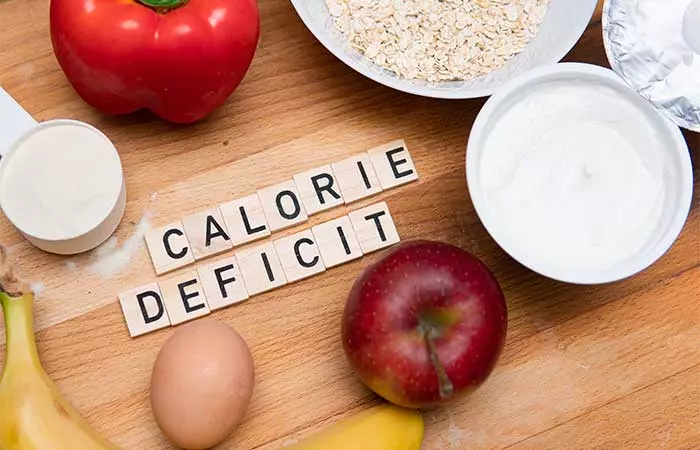
During a low-calorie weight loss diet, the metabolic rate of the human body slows down (2). Many competitive athletes who need to maintain a weight class often go on such diets while competing in tournaments. After the competitions, they need to regain their metabolic capacity to continue training. However, immediately going back to consuming pre-diet levels of calories may lead to rapid weight gain. This is where reverse dieting comes into play, allowing these fitness professionals to ease back into their normal eating habits.
The caloric intake observed during the preceding low-calorie diet serves as the baseline of the reverse diet plan. Proponents of the diet typically recommend increasing the calories to 2-3% above the baseline, every week (3). This phased increase in calories may continue for 4-10 weeks or beyond until the target, pre-diet caloric intake during normal diet is reached.
As athletes and bodybuilders would go on a calorie-deficit diet based on their body type and weight class, the duration of the diet and the number of calories added weekly will vary from person to person. The protein intake during this diet may be kept constant as adequate levels of protein intake are measured based on body weight and not calorie intake (4).
 Pro Tip
Pro TipWith the sustained popularity of reverse dieting as a weight-loss maintenance strategy among the fitness community, this diet strategy seems to live up to its claims. Continue to the next section to learn the potential benefits of the diet and if it is suitable for you.
Benefits Of Reverse Dieting
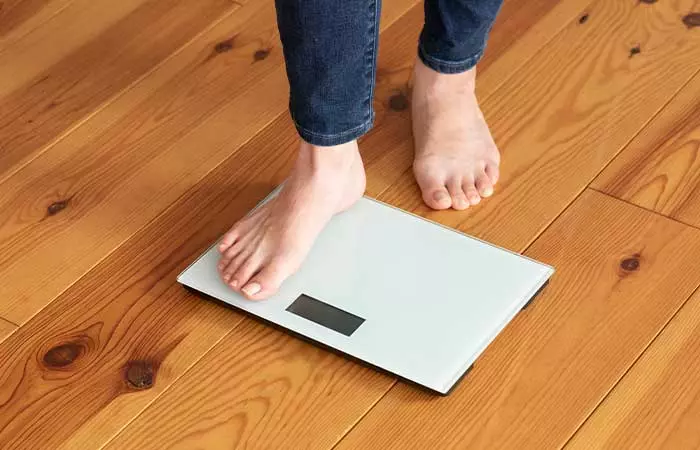
The reported beneficial effects of the reverse diet are largely anecdotal and require further research to prove their credibility. However, it is popular among fitness enthusiasts and a majority of athletes swear by its efficacy. Let us take a look at a few features of reverse dieting and the impact it may have on the human body –
1. May Help Mitigate Metabolic Adaptation
Metabolic adaptation is the body’s survival response where the metabolism (energy expense) adjusts to calorie intake to prevent further weight loss. Abruptly increasing caloric intake to pre-diet levels can lead to rapid accumulation of fat mass, leading to weight gain, as the metabolism does not get time to adjust and is still slow (1), (5).
2. May Aid Weight Maintenance
The metabolism gets to adjust slowly to the dietary change and can take on a minimal increase in caloric intake. This may help the body transition from extreme weight loss to a weight maintenance stage without reversing the results from the low-calorie diet.
3. May Help Improve Energy Levels
Calorie-restricted diets may reduce your energy levels, leading to symptoms like increased fatigue, irritation, and decreased concentration levels. When you slowly increase your calorie intake, the body has to work with small amounts of increased calories at a time, making it easier to regulate the energy expended. This may help boost your energy levels and reduce fatigue and other symptoms (6).
4. May Improve Athletic Performance
The stable and slowly increasing energy levels may enhance the body’s capacity to physically push itself and recover faster from exhaustion, allowing professional athletes to train better and improve their form and performance.
5. May Aid In Muscle Maintenance
The added calories can come from proteins, in which case, as the protein intake levels are stabilized, they may help preserve the lean muscle mass gained during the diet (7).
6. May Restore Hormonal Balance
A long low-calorie diet may disrupt the balance of hormones like ghrelini Also called the “hunger hormone”, this hormone is produced and secreted by the stomach, increasing the drive to eat. and leptini A hormone released by the adipose tissues (body fats) that regulates your appetite and fat storage, aiding in weight maintenance. , which help regulate metabolism, hunger, and satiety (8). Anecdotal reports claim reverse dieting may help bring their levels back to normal.
7. May Prevent Binge Eating
Unhealthy eating practices and binge eating are common among athletes, especially competitive bodybuilders (9). Moreover, a sudden return to normal caloric intake after a low-calorie diet may lead to binge eating and other eating disorders. A transitional diet may help maintain the habit of tracking caloric intake, thus preventing overeating.
Although these benefits might not be science-backed, they seemingly work for many people. However, for any diet to work well, it has to be approached with a systematic plan. The same is applied to the reverse diet.
In the next section, let’s understand the common misconception about the reverse dieting for more clarity. Read on!
Common Misconceptions About Reverse Dieting
Despite the growing popularity of reverse dieting, several misconceptions persist:
- Reverse dieting guarantees weight loss: Although it can support healthy weight management and assist control of metabolism, reverse dieting does not ensure weight reduction for all people. Individual factors like exercise level and metabolic rate can affect the results.
- It is suitable for everyone: There is no one-size-fits-all strategy when it comes to reverse dieting. It might not be appropriate for everyone, especially those with specific medical disorders, but it might be beneficial for people who have had severe calorie restriction or who have metabolic issues.
- It is a scientifically proven method: Although reverse dieting has become more popular in the health and fitness sectors, there isn’t enough scientific evidence to back up its claims. More studies are needed to confirm its long-term effectiveness and benefits.
The following sections provide further insight into the fundamentals of this diet and how to set up a diet plan that works for you.
Reverse Dieting Meal Plan
The reverse dieting plan builds on a caloric intake baseline which may differ from individual to individual. To understand a sample reverse diet meal plan, let us assume you were on a 1000-calorie diet previously, irrespective of your fitness levels. From this baseline, you decide to increase your caloric intake by a maximum of 100 calories per day. So, now you can eat under 1100 calories per day for a week. Carbs and fats are the usual food groups added for the extra calories; however, there is no defined set of rules about what you can or cannot eat unless you have food sensitivities. Here is how your 1100-calorie-a-day weekly diet plan may look:
| Meals | Day 1 | Day 2 | Day 3 | Day 4 | Day 5 | Day 6 | Day 7 |
|---|---|---|---|---|---|---|---|
| Breakfast | 28g of rolled oats (110 cal), 1 hard-boiled egg (78 cal), ½ cup of sliced banana (67 cal) | ½ bagel (~150 cal), 1 tablespoon of peanut butter (100 cal) | 1 slice of cheese toast (210 cal), 1 fried egg (90 cal) | 1 cup of cereal (140 cal), 1 cup of skimmed milk (85 cal) | 3 egg white veggie scramble (95 cal), ½ cup of green smoothie (200 cal) | ½ banana (60 cal), 1 cup of spinach smoothie (180 cal) | ½ cup of low-fat cottage cheese (100 cal), ½ cup of diced pineapple (50 cal), 1 tablespoon of honey (70 cal) |
| Mid-Morning Snack | ½ cup of flavored yogurt (70 cal), 4-5 rice crackers (~100 cal) | 1 glass of mixed fruit juice (170 cal) | 1 serving of rice crisps or cereal bar (140 cal) | ½ cup of frozen yogurt (160 cal) | 1 small sliced apple (80 cal), 1 tablespoon of peanut butter (100 cal) | ½ cup of carrot sticks (40 cal), ¼ cup of Greek yogurt (40 cal), 4-5 rice crackers (100 cal) | ½ cup of frozen yogurt (160 cal) |
| Lunch | ½ cup of lean turkey with gravy (80 cal), ½ cup of brown rice (90 cal), ½ cup of pinto beans (90 cal) | 1 cup of canned pasta with meatballs (260 cal) | 1 cup of farmhouse salad (150 cal), 225 fluid grams of vegetable juice (50 cal) | 56 grams of udon noodles (190 cal), ½ cup of canned shrimp (65 cal) | 85g of grilled chicken (100 cal), 1 cup of mixed veggies (40 cal), 1 tablespoon of balsamic vinaigrette (70 cal) | ½ cup of cooked quinoa (120 cal), ½ cup of canned black beans (80 cal), 1 tablespoon of lime vinaigrette (30 cal) | 1 wholegrain wrap (100 cal), 1 cup of grilled mixed veggies (120 cal), ½ tablespoons of hummus (40 cal) |
| Evening Snack | 60g of white bread (150 cal), 1 tablespoon strawberry spread (40 cal) | 1 granola bar (~150 cal) | 3-4 oat crackers (100 cal), 1 tablespoon of fruit spread (50 cal) | 1 cup of mixed frozen berries (60 cal), 1 can of energy drink (80-90 cal) | 2 rice cakes (80 cal), ¼ cup of no-fat Greek yogurt (40 cal) | ¼ cup of frozen yogurt (100 cal), 1 handful of berries (40 cal) | 2 rice cakes (80 cal), 1 tablespoon of almond butter (100 cal) |
| Dinner | 85g of baked salmon (160 cal), 1 cup of steamed asparagus (40 cal), ¼ cup of mushroom gravy (20 cal) | ½ cup of chicken salad (260 cal) | 2 grilled shrimp skewers (~100 cal), 1 cup of steamed mixed veggies (~ 150 cal) | 1 cup of house salad in pesto (210 cal), 1 cup of season croutons (70 cal) | ½ cup of brown rice (100 cal), 85 g of tofu (80 cal), 1 cup of mixed stir fry veggies (40 cal), 1 tablespoon of soy sauce (30 cal) | 85g of chicken breast (100 cal), 28g of feta stuffing (80 cal), ½ cup of leafy salad (70 cal) | 1 cup of tofu miso soup (120 cal), 1 cup of steamed broccoli and carrots (50 cal), 1 herbed breadstick (100 cal) |
| Total Calories | 1095 | 1090 | 1040 | 1070 | 1055 | 1040 | 1090 |
Reverse dieting is recommended as a follow-up after a low-calorie diet. Therefore, you must be aware that 100 calories is not a lot. Half a bagel alone can amount to approximately 130-150 calories (10). This is how minute the change in daily caloric intake must be, gradually increasing every week.
The average daily required caloric intake on a normal diet is 2,000 calories per day for women and 2,500 calories per day for men (11). Therefore, an individual transitioning from a 1000-calorie diet will need at least 10 weeks to reach their pre-diet caloric intake goals.
This diet is not science-backed because the way caloric intake may impact the body may vary per individual. Moreover, it’s tough to maintain a reduced weight without a basic understanding of the body and diet and nutrition concepts. Therefore, always consult a registered dietitian or a nutritionist before starting a reverse diet. That said, let us explore the scope of this diet in weight loss.
Reverse Dieting For Weight Loss: Does It Work?
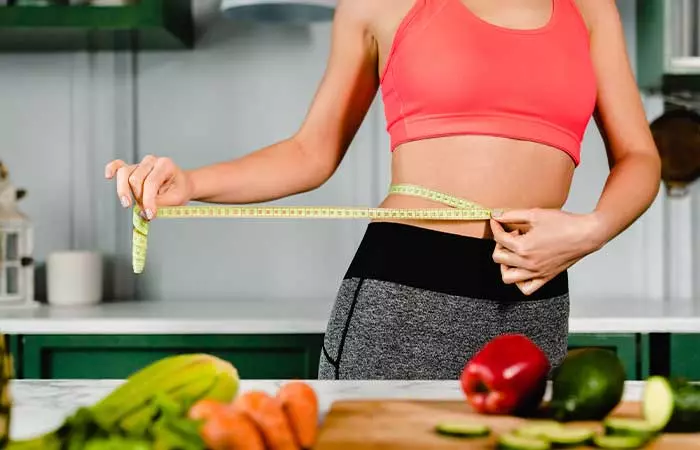
A reverse diet is not considered a standalone diet for weight loss. There is limited research to support this diet’s effectiveness in weight loss although followers of the diet claimed to have observed related changes in their body. Let us reconsider the following factors to understand why some people may experience weight loss while on the reverse diet:
1. May Addresses The Imbalance Between Digestive Hormones
Anecdotal claims suggest that slowly increasing caloric intake may restore the balance between hunger and satiety hormones, thus helping you regulate your eating patterns.
2. May Allow Your Metabolism To Catch Up With Dietary Changes
During the low-calorie diet, your body acquires a state (metabolic adaptation) where it is used to burning only a small amount of calories and cannot burn any excess overnight. In theory, an incremental increase of small amounts of calories might be less challenging for the body to burn, helping it slowly increase its metabolic rate.
3. May Keep Eating Behaviors In Check
As the reverse diet still requires constant monitoring of calorie counts for each meal, the prospect of binge eating is low.
 Quick Tip
Quick TipThese factors are based on ideal hypothetical concepts and have not been scientifically proven. Therefore, a reverse diet is not recommended for individuals looking for healthy weight loss diets. Additionally, adhering to the reverse diet plan, which has a limited foundation in science and medicine, may have more of a negative than a positive impact on your body. The following section discusses how this diet can go wrong.
Side Effects Of Reverse Dieting

The low-calorie diets preceding reverse dieting are themselves considered unhealthy. Many nutritionists argue that there is no need for another diet following that. Theoretically, this diet may help people return to their normal caloric intake, but not everybody’s body is the same. While some people might enjoy the benefits it claims, others may continue to experience nutrient deficiencies, weakened bone health and immunity, and more, from the low-calorie diet. The reverse diet is a slow process and delays the recovery in such cases. Here are some more ways in which this diet can have adverse effects on the body:
1. May Lead To Weight Fluctuations
Constantly changing diet patterns may confuse the body’s understanding of food supply. As the body feels that food intake is unreliable, it may start storing fat and interfere with weight management (12).
2. May Cause Digestive Discomfort
The diet emphasizes caloric but not nutrient intake. Increasing the intake of certain nutrients, such as fibers, may disrupt the gut microbiota and result in inflammatory conditions (13).
3. May Have A Negative Psychological Impact
For those who move to a reverse diet after a very low-calorie dieti A restricted calorie diet that proposes the consumption of 800-1200 calories per day to facilitate rapid weight loss. (VLCD), it will still be considered a VLCD, which may lead to symptoms of depression, anxiety, or other behavioral issues (14).
Besides these side effects, there are other drawbacks of reverse dieting, such as:
- It is not a science-backed diet, with its reasonings rooted in theoretical presumptions.
- It lacks a basic diet structure, which makes it infeasible for everyone.
- It does not suit dynamic weight management goals.
- It is not a sustainable diet for those with an active social life.
Weighing the negatives against the positives, it is safe to say that this diet is not for everyone, especially beginners. If you need to lose a lot of weight and maintain it for some purpose, it is better to consult registered dietitians and nutritionists before getting on the reverse diet.
Infographic: Pros And Cons Of Reverse Dieting
Reverse dieting promises a stable transition from a low-calorie diet to a normal diet by increasing the caloric intake gradually. This is meant to reduce the strain on the body’s metabolism while boosting it. In theory, it seems like a sound concept, but there has been no credible research or proof of its effectiveness so far. Hence, this diet has its fair share of negatives and positives. Check out the below infographic, where we have compiled the key aspects of this diet.
Some thing wrong with infographic shortcode. please verify shortcode syntaxReverse dieting is a weight-loss maintenance strategy that proposes a phased increase in daily caloric intake, promising higher food consumption with little to no weight gain. It is recommended to people who have been on a low-calorie diet for weight loss and wish to return to their normal diet without losing their progress. Proponents of the diet, which is apparently a large chunk of the fitness community, claim the diet has multiple benefits for serious fitness enthusiasts. However, scientific research to prove its efficacy is limited. Since the diet works with small amounts of caloric intake way below the average daily requirement, it is recommended to consult diet and nutrition experts to understand its functions and if is the right fit for you.
Frequently Asked Questions
What to do after a reverse diet?
Fitness instructors typically recommend going on a maintenance phase after achieving normal calorie intake and weight goals through reverse dieting. This phase involves continuing to maintain an active lifestyle and monitoring your weight, energy levels, and overall well-being, while you start easing your calorie restrictions. You may also set new fitness goals like improving your strength, agility, or specific athletic performances.
How do I know if reverse dieting is right for me?
If you wish to transition from a prolonged low-calorie diet, reverse dieting may be good for you. Do consult a registered diet or nutrition expert to assess your current body conditions and needs and discuss other possible solutions too.
How long should I be in the maintenance phase after the reverse diet?
The maintenance phase duration varies according to individual needs and goals. While some continue on it indefinitely for a balanced lifestyle, others may look forward to new health and fitness goals. Talking to your instructor may help you plan your maintenance phase.
Can I exercise while reverse dieting?
Yes. Regular exercising is recommended during reverse dieting to help your body build the capacity to burn increased caloric intake and maintain its composition. As your calorie intake increases, your exercise routines may require adjustments. Get regular consultations from fitness and nutrition experts to work around it.
Illustration: Reverse Dieting: Benefits, Side Effects, And Meal Plan
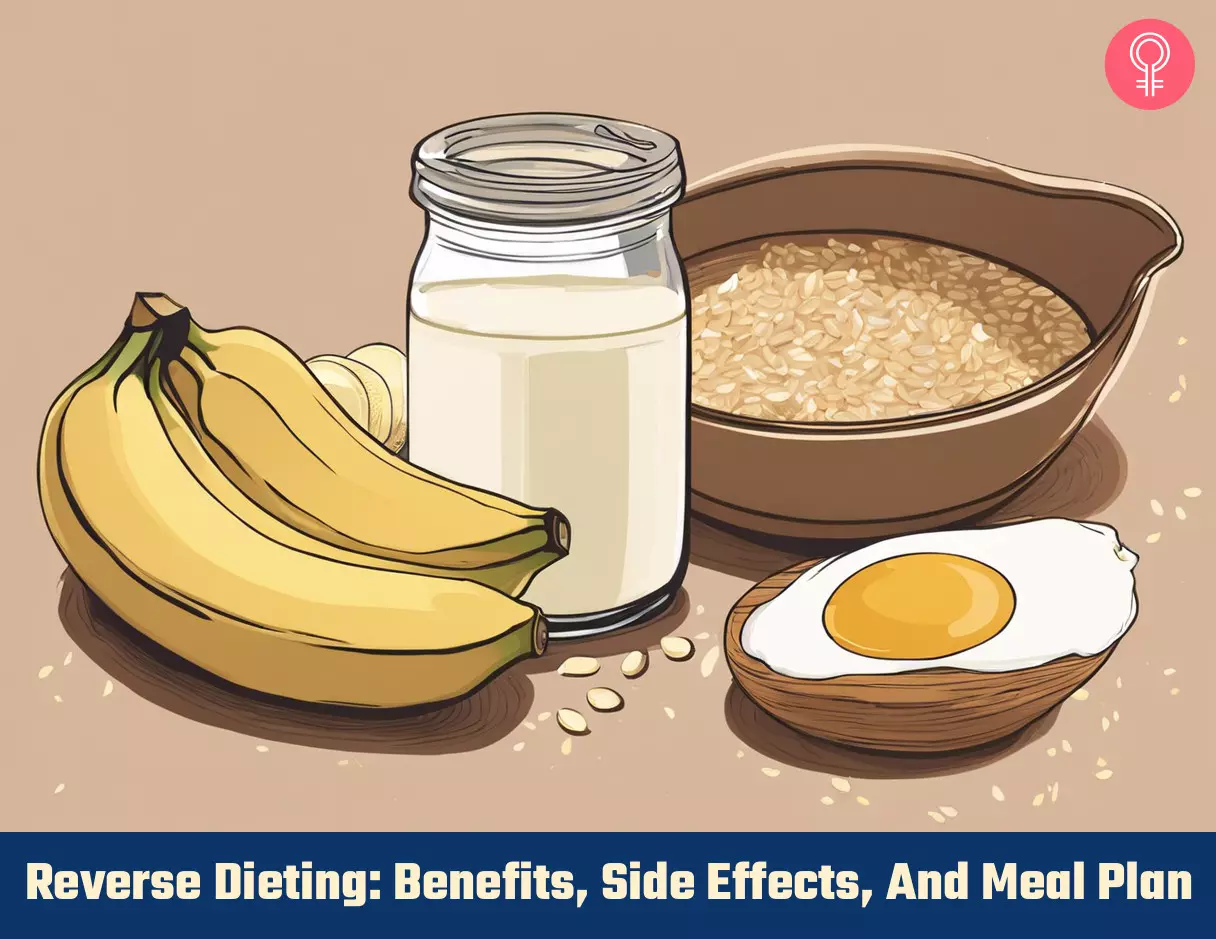
Image: Stable Diffusion/StyleCraze Design Team
Although the benefits of reverse dieting are not proven, many people claim to have experienced transformational results. Check out the video below to understand if this diet is right for you.
References
Articles on StyleCraze are backed by verified information from peer-reviewed and academic research papers, reputed organizations, research institutions, and medical associations to ensure accuracy and relevance. Read our editorial policy to learn more.
- Metabolic adaptation to weight loss: implications for the athlete
https://www.ncbi.nlm.nih.gov/pmc/articles/PMC3943438/ - Impact of calorie restriction on energy metabolism in humans
https://www.ncbi.nlm.nih.gov/pmc/articles/PMC9036397/ - Feasibility and Preliminary Efficacy of a Reverse Diet as a Novel Weight Loss Maintenance Strategy for Weight-Reduced Adults With Overweight/Obesity
https://classic.clinicaltrials.gov/ct2/show/NCT03560635 - Protein for Life: Review of Optimal Protein Intake, Sustainable Dietary Sources and the Effect on Appetite in Ageing Adults
https://www.ncbi.nlm.nih.gov/pmc/articles/PMC5872778/ - Metabolic adaptations to weight loss
https://www.ncbi.nlm.nih.gov/pmc/articles/PMC6086582/ - Potential Benefits and Harms of Intermittent Energy Restriction and Intermittent Fasting Amongst Obese, Overweight and Normal Weight Subjects—A Narrative Review of Human and Animal Evidence
https://www.ncbi.nlm.nih.gov/pmc/articles/PMC6086582/ - Optimal Diet Strategies for Weight Loss and Weight Loss Maintenance
https://www.ncbi.nlm.nih.gov/pmc/articles/PMC8017325/
- Increases in ghrelin and decreases in leptin without altering adiponectin during extreme weight loss in male competitive bodybuilders
https://pubmed.ncbi.nlm.nih.gov/18191052/ - Body image, binge eating, and bulimia nervosa in male bodybuilders
https://pubmed.ncbi.nlm.nih.gov/16618007/ - Bagel, FoodData Central
https://fdc.nal.usda.gov/fdc-app.html#/food-details/1100713/nutrients - Calories
https://www.ncbi.nlm.nih.gov/books/NBK499909/ - An adaptive response to uncertainty can lead to weight gain during dieting attempts
https://www.ncbi.nlm.nih.gov/pmc/articles/PMC5139007/ - The gut microbiome: linking dietary fiber to inflammatory diseases
https://www.sciencedirect.com/science/article/pii/S2590097822000209 - The effect of a very low calorie diet on subjective depressive symptoms and anxiety: meta-analysis and systematic review
https://pubmed.ncbi.nlm.nih.gov/30470803/
Read full bio of Dr. Sandeep Jassal
Read full bio of Payal Karnik
Read full bio of Arshiya Syeda
Read full bio of Aparna Mallampalli















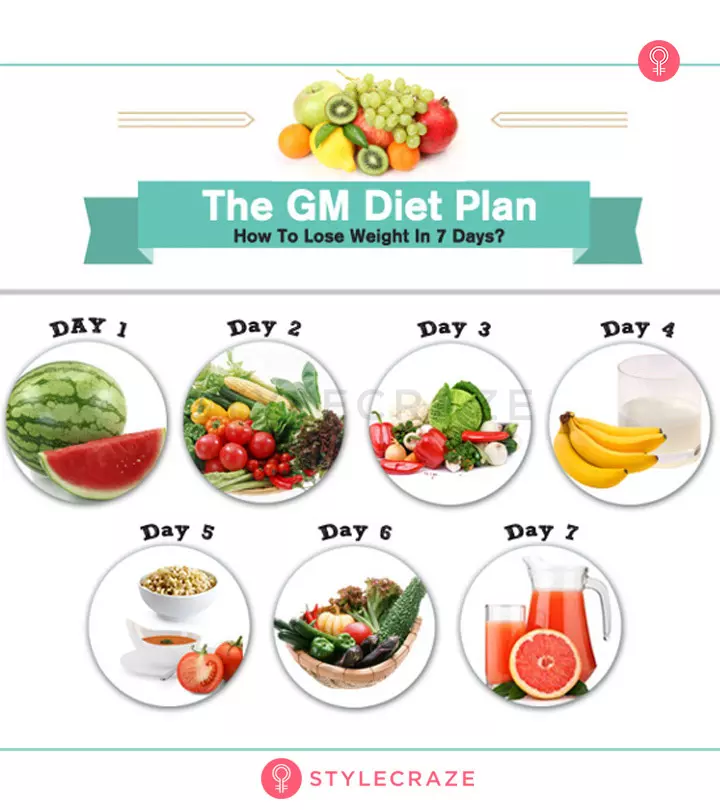
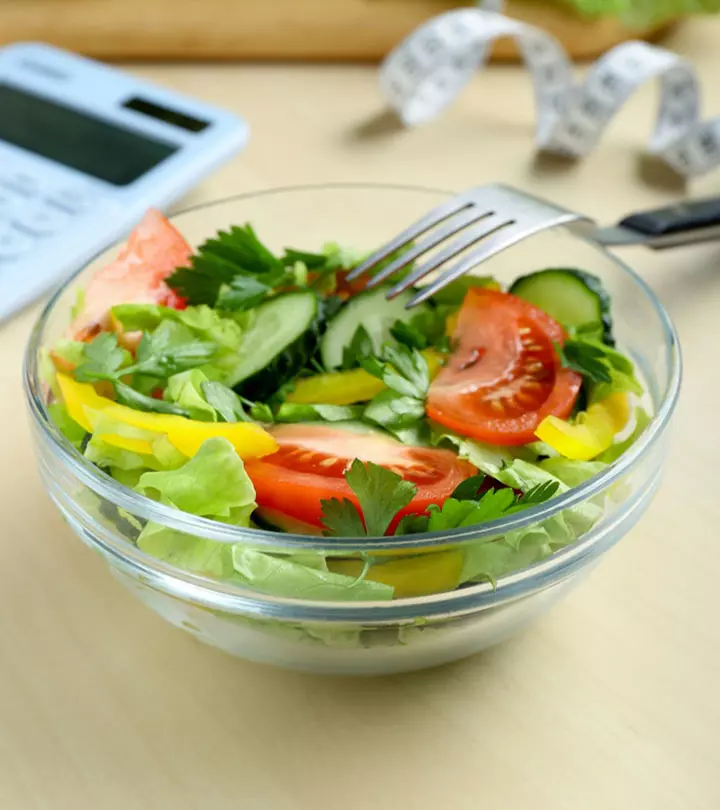
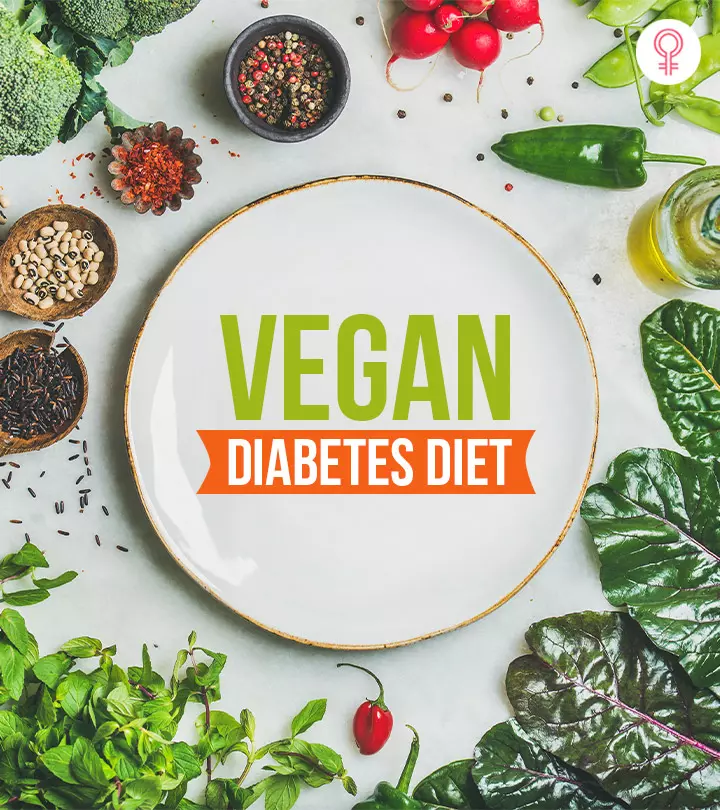
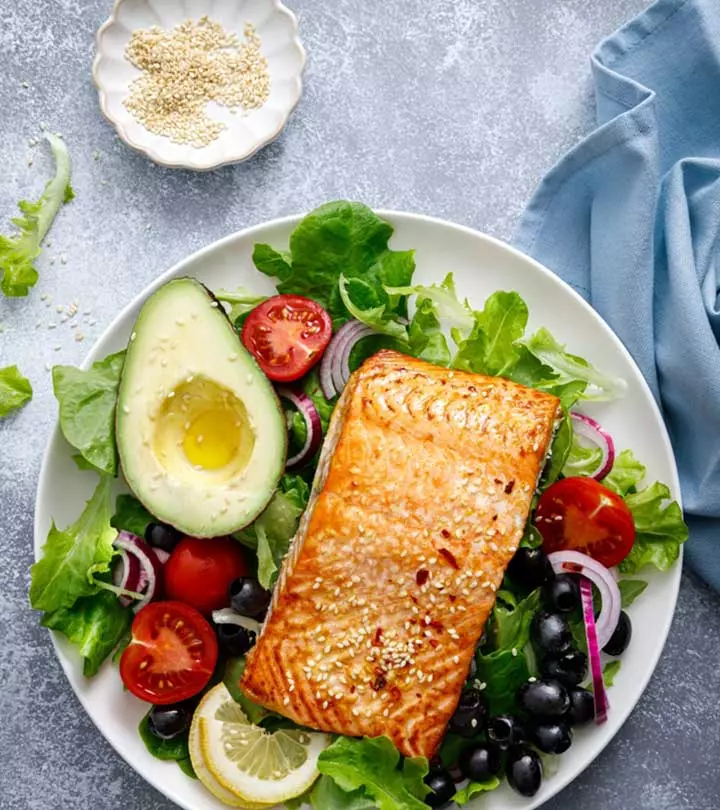






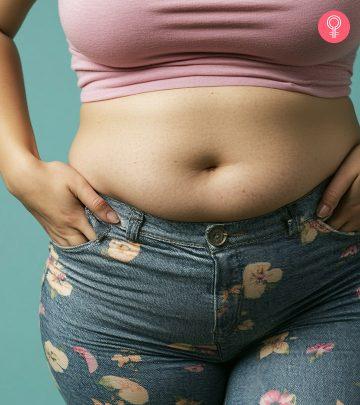
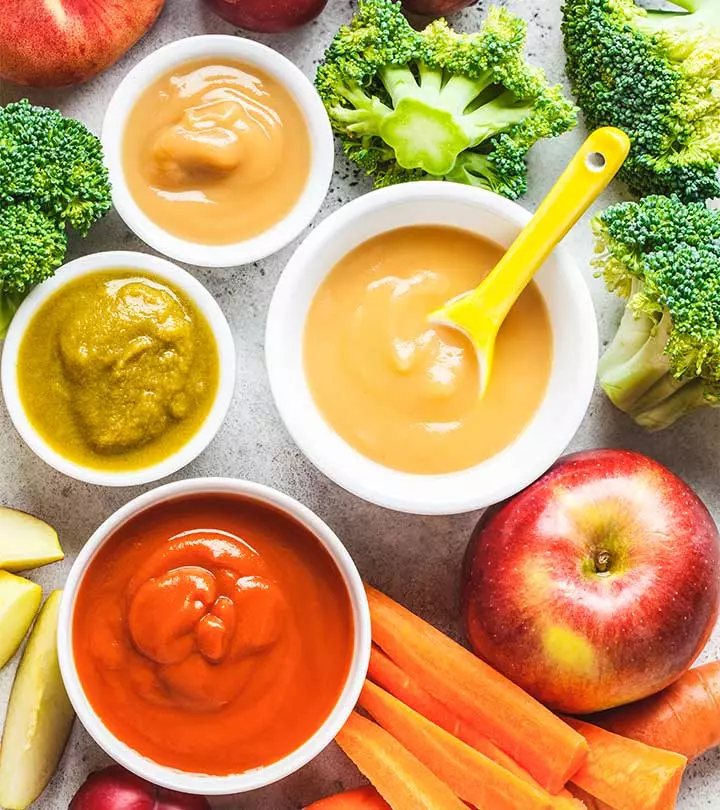

Community Experiences
Join the conversation and become a part of our empowering community! Share your stories, experiences, and insights to connect with other beauty, lifestyle, and health enthusiasts.